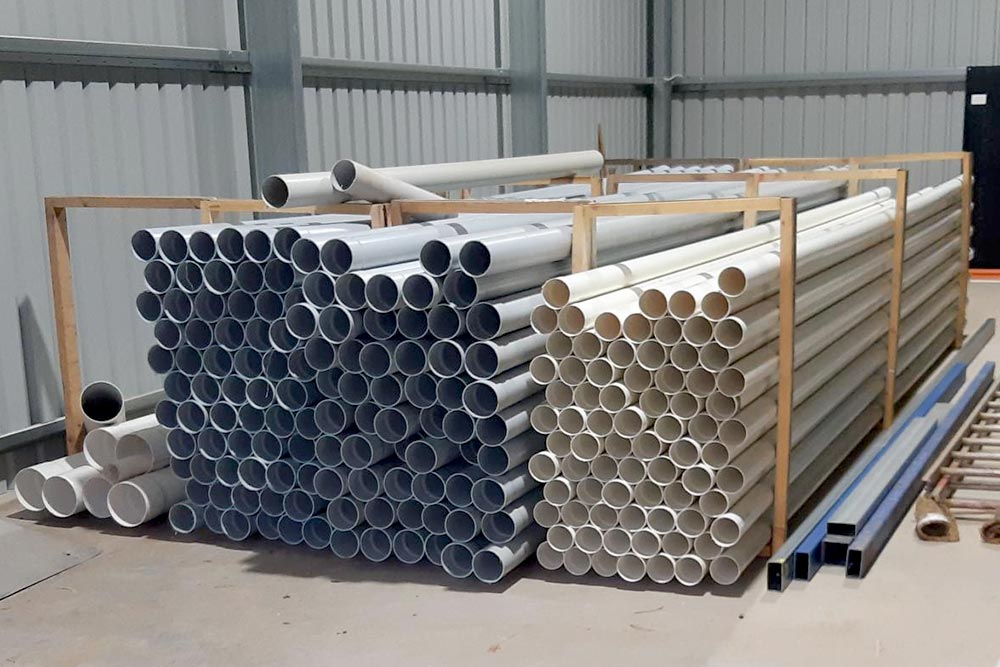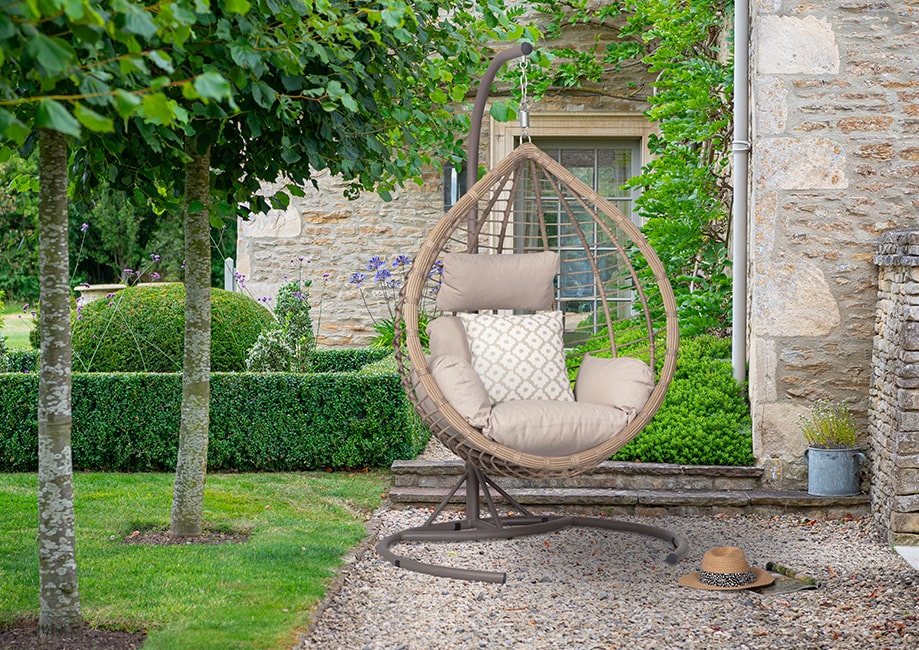Choosing a Vine for Your Landscape
_theatrical_poster.jpg) In my last article, I mentioned (with some negative connotation) English Ivy. Unfortunately, as elegant as this vine is, along with being an invasive species, it can cause significant structural damage to whatever it grows upon.
In my last article, I mentioned (with some negative connotation) English Ivy. Unfortunately, as elegant as this vine is, along with being an invasive species, it can cause significant structural damage to whatever it grows upon.
However, this shouldn’t tarnish the reputation of all vines and ivies. There are many species when it comes to vines that can add a special appeal to your landscape. They may be used in landscapes as groundcover, decoration for a fence or wall, or shading on an arbor or trellis. Dense vines can even create enough shade to cool the seating area on a deck or patio. Another advantage of vines is that many species are attractive through all seasons, with flowers in the spring, foliage in the summer, colour in the autumn, and texture in the winter months.
When considering vines for your landscape, the most important factor to take into account is where the vine will be growing. If it will be growing on a permanent structure or building (such as your home) then clinging vines should be avoided. Clinging vines attach to their supports with specialized growths, like small claws or suction cups, which can be extremely difficult to remove. Like English Ivy (a species of clinging vine), they can also cause considerable damage when they work into crevices. Although some species are safer than others, you should consult an expert before allowing a vine to climb your home, and to be safest the best choice is to build a trellis a foot or more in front of the house for the plant.
For a trellis or arbour, you might consider wrapping, twining or sprawling vines. Wrapping vines, like Star Jasmine, wrap around large or small objects in their path, making beautiful intertwining patterns on either side of a trellis. Twining vines, such as grape vines, also wrap around their supports but only by their small tendrils that grab onto anything in their reach.
Climbing roses, which are a type of sprawling vine, are best for hanging gardens or low growing structures, as they must be tied to their supports. Though they can also be vicious when untamed, they make beautiful draping floral vines.
If you are concerned that your fence, trellis or arbour might not be strong enough to support a heavy vine, then consider trying an annual variety such as Morning Glory Vine or Moon Flower. These light-weight species are less risky and can be used in combination to create a landscape that flowers in the morning and at night.
You have thousands of choices when it comes to climbing vines, and once you narrow your choices down to some varieties that are safe for your particular use, you’ll find many suitable choices, and you’ll probably come across some great new ideas for your landscape too. Do your homework and talk to an expert and you’ll be on your way to starting a beautiful new addition to your landscape.






